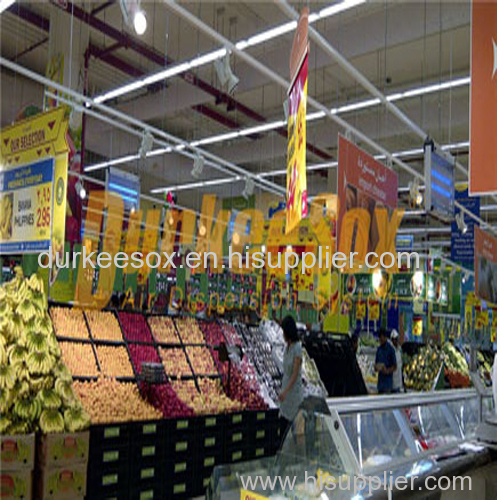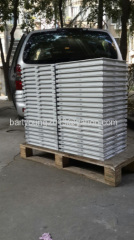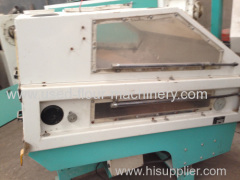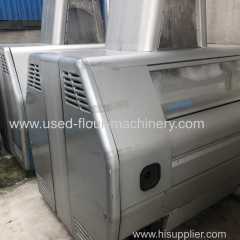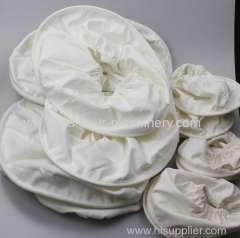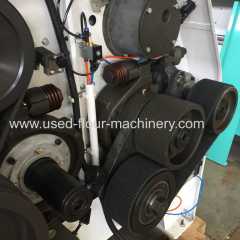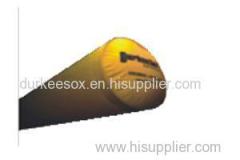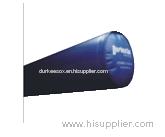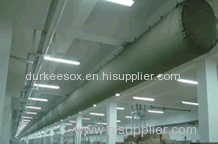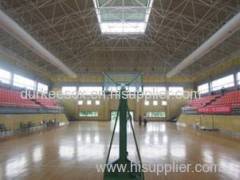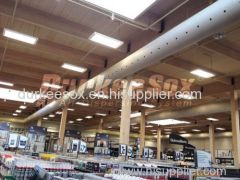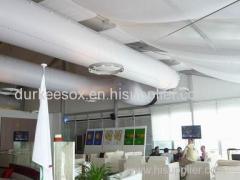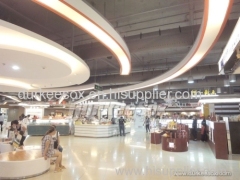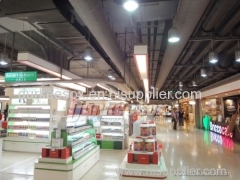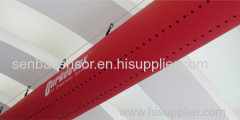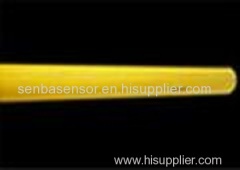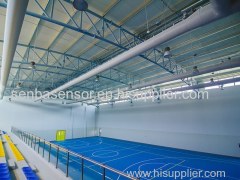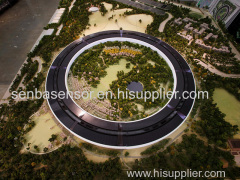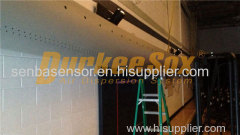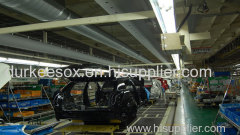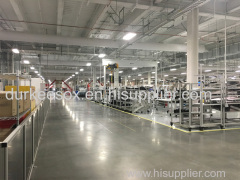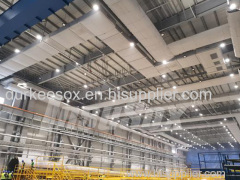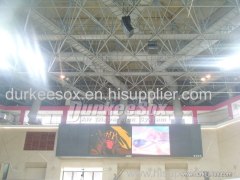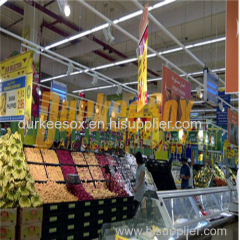
|
Durkeesox(Wuhan)Air Dispersion System
|
The Application of Fabric Air Duct in Food Processing Workshops
| Price: | 100.0 USD |
| Payment Terms: | T/T,L/C |
| Place of Origin: | Hubei, China (Mainland) |
|
|
|
| Add to My Favorites | |
| HiSupplier Escrow |
Product Detail
Duct Sock Applications
Duct Sock Applications
At first, the galvanized steel air duct was used in the air conditioning duct, and then a new FRP air duct was introduced. At present, these two kinds of air conditioning ducts are called traditional air conditioning ducts. They usually adopt the structure of air conditioning duct + insulation layer and need to use separate thermal insulation materials. Therefore, the construction period is long, the production cost is high, the duct is large, the heat insulation performance is poor, the appearance is unaesthetic and the installation space needs to be reserved. In particular, the service life is generally within 10 years due to material corrosion and other problems. Compared with the rapid development of consumer demand, traditional air-conditioning ducts have lagged behind the pace of the times; therefore, the market share of traditional air conditioning ducts is smaller and smaller, and they are faced with the fate of being eliminated.
There are many differences between fabric air duct system and traditional metal duct system. Fabric ventilation duct system is specially designed and manufactured for each project. Due to these advantages, the installation speed of fabric air duct is incomparable with that of traditional air duct system. Fabric air duct can adopt simple straight pipe system or more complex shape appearance, and the accessories include arc elbows, tee pipes, transition pipes or other connecting pipes. The fabric air duct is a large tubular fiber pipe, which is hung on the fixed steel cable or guide rail with a hook and suspended above the air conditioning area. The static pressure of cold / warm air produced by high-power air-conditioning unit supports the air duct and transmits the cold / warm air to the service area. In this type of fabric air duct, the air filters through the gaps between the textile structures on the surface of the air duct. Generally, the uniform air-out velocity on the air duct surface is between 0.05m/s and 0.5m/s, and the air supply interval is short. Therefore, in order to ensure the uniform indoor temperature, the spacing arrangement of multiple air ducts should not be too large. Since the air volume per unit area is small, if a larger supply air volume is required, a larger surface area of the duct should be provided.
In the low temperature food processing workshops, in order to ensure the freshness of food, the ambient temperature of air conditioning is generally 10-20 ℃. The air conditioning system belongs to the system with small enthalpy difference and large air volume, and the air supply temperature is generally 5 -14 ℃. When the wind speed in the air supply area is high, the comfort of processing personnel will be very poor. For example, in a workshop of 18 ℃, when the air supply speed is 2m/s, the apparent temperature of the processing personnel is 13 ℃; if the low-speed fabric air duct is used for air supply, the apparent temperature is 16.3 ℃ when the air supply speed is 0.1m/s. Similarly, in the environment of 14 ℃, the conventional apparent temperature is 7.8 ℃, while in the breeze condition, the apparent temperature rises to 13.3 ℃, which greatly improves the comfort of processing personnel and guarantee the freshness of food. It shows that it is the trend to use fabric air duct system in food processing workshops.

